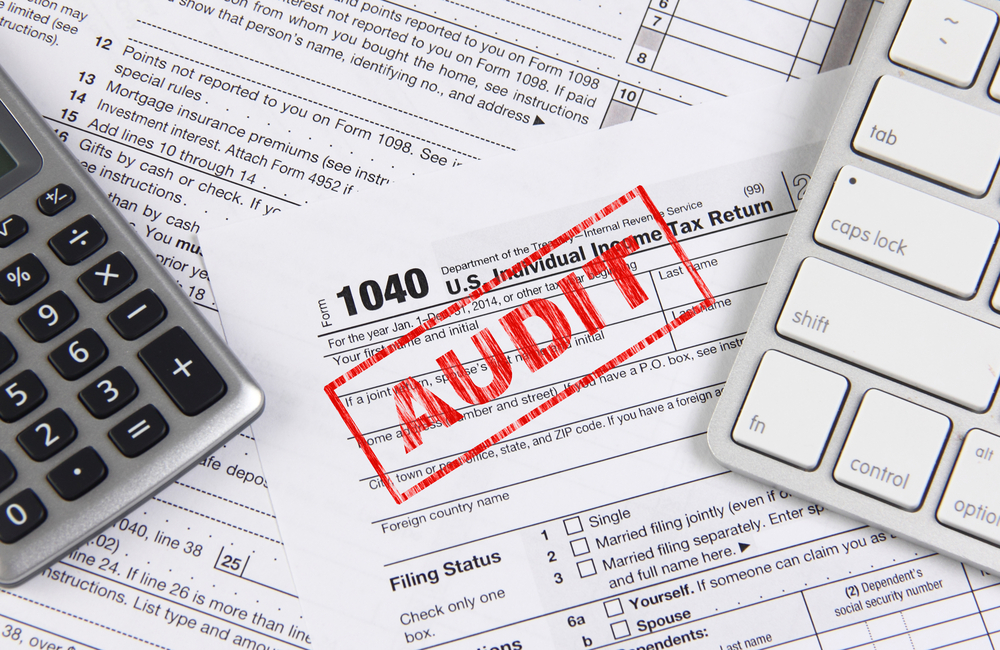Table of Content
- Simplified Option Method for Home Office Deduction
- Topic No. 509 Business Use of Home
- Example of Regular Home Office Deduction Calculation
- The term "home" for purposes of this deduction:
- How to Determine Your Home Office Tax Deduction
- IRS Mileage Commuting Rule Edge Cases
- Definition & Examples of IRS Home Office Rules
When figuring the amount you can deduct for the business use of your home, you will use either your actual expenses or a simplified method. Pamela's home office qualifies as her principal place of business for deducting expenses for its use. She conducts administrative or management activities there and she has no other fixed location where she conducts substantial administrative or management activities. The fact that she conducts some administrative or management activities in her hotel room does not disqualify her home office from being her principal place of business. She meets all the qualifications, including principal place of business, so she can deduct expenses for the business use of her home. You use part of your home exclusively and regularly to read financial periodicals and reports, clip bond coupons, and carry out similar activities related to your own investments.

John's home office qualifies as his principal place of business for deducting expenses for its use. He uses the home office for the administrative or managerial activities of his plumbing business and he has no other fixed location where he conducts these administrative or managerial activities. His choice to have his billing done by another company does not disqualify his home office from being his principal place of business.
Simplified Option Method for Home Office Deduction
The standard meal and snack rates include beverages, but do not include non-food supplies used for food preparation, service, or storage, such as containers, paper products, or utensils. These expenses can be claimed as a separate deduction on your Schedule C . Eligible children are minor children receiving family daycare in the home of the family daycare provider.

The Tax Cuts and Jobs Act eliminated home office deductions for any W-2 employees starting 2018, through 2025. "You need to file in the state where you are a resident," Sherr said. "Then claim a credit for taxes paid in other states on your return. Hopefully, you will get the money back."
Topic No. 509 Business Use of Home
This is the amount you can deduct for this qualified business use of your home using the simplified method. The amount of the business expenses that are not related to the use of your home. Use lines 1–7 of Form 8829, or lines 1–3 on the Worksheet To Figure the Deduction for Business Use of Your Home to figure your business percentage. You can use any reasonable method to determine the business percentage. The following are two commonly used methods for figuring the percentage. Multiply the depreciable basis of the business part of your home by the percentage from the table for the first month you use your home for business.

Tax reform in 2018 changed the home office deduction, including what traditional employees could deduct related to their work expenses. Your maximum allowed deduction is $2000, but you have $4000 in home office expenses that you still want to deduct. You can therefore only deduct up to the $2000 deduction limit and will have to carry over $2000 ($4000-$2000) to the next tax year. You are therefore subject to a deduction limit because your expenses are more than your income. The following is an example of how to use your income and expenses to determine your home office deduction allowed in a tax year.
Example of Regular Home Office Deduction Calculation
If you run a daycare facility and the lines of business and personal use of your home are a little fuzzy the IRS has an exception for you. You can determine your home office deduction by computing what percent of your home is used exclusively for business and what percent is used for business part-time and takes the sum of those figures to compute the deduction amount. The value of your deduction can be calculated either through a simplified or regular method. If you decide to simplify the process, you are not actually deducting expenses.
She works 2 days a week in her home office used only for business. Her home office qualifies for a business deduction because she meets clients there in the normal course of her business. He uses a room in his home that he has converted to an office. He uses this room exclusively and regularly to conduct all the following activities. John writes up estimates and records of work completed at his customers' premises.
The term "home" for purposes of this deduction:
It's important to understand the rules, compute the deductions correctly, and keep accurate records to substantiate those deductions. Here are just a few criteria that you would need to meet when considering a business deduction for using part of your home. Those who work out of their homes are entitled to deduct ordinary and necessary expenses related to the business. Keep in mind, the IRS has very specific rules and regulations regarding what is or isn’t a home office, so be sure to review these requirements and keep them in mind when you do your taxes.
So, your activities are not part of a trade or business and you cannot take a deduction for the business use of your home. If you used your home for business and you are filing Schedule C , you will use either Form 8829 or the Simplified Method Worksheet in your Instructions for Schedule C. You also may take deductions for business storage purposes when the dwelling unit is the sole fixed location of the business or for regular use of a residence for the provision of daycare services; exclusive use isn't required in these cases. For more information, see Publication 587, Business Use of Your Home . If you use the simplified method for one year and use the regular method for any subsequent year, you must calculate the depreciation deduction for the subsequent year using the appropriate optional depreciation table. This is true regardless of whether you used an optional depreciation table for the first year the property was used in business.
Many Americans have been working from home due to the pandemic, but only certain people will qualify to claim the home office deduction. This deduction allows qualifying taxpayers to deduct certain home expenses on their tax return when they file their 2021 tax return next year. The home office deduction allows qualifying taxpayers to deduct certain home expenses on their tax return.
If you file Schedule C , figure your deduction limit and carryover on Form 8829. He multiplies his depreciable basis of $9,200 by 1.605% (0.01605), the percentage from the table for the fifth month. You patch the plaster on the ceilings and walls, paint, repair the floor, install an outside door, and install new wiring, plumbing, and other equipment. Normally, the patching, painting, and floor work are repairs and the other expenses are permanent improvements.
The business portion of your real estate taxes allowed as a deduction this year will be included in the business use of the home deduction you report on Schedule C , line 30, or Schedule F , line 32. If you cannot deduct the business portion of your real estate taxes in full this year, you will carry over those real estate taxes to a subsequent year in which you use actual expenses to figure your business of the home deduction. You will figure the business portion of your mortgage insurance premiums using Form 8829 (if you file Schedule C ) or the Worksheet To Figure the Deduction for Business Use of Your Home in this publication (if you file Schedule F ). The business portion of your mortgage insurance premiums allowed as a deduction this year will be included in the business use of the home deduction you report on Schedule C , line 30, or Schedule F , line 32. You can deduct all of the business part of your deductible mortgage interest and real estate taxes ($3,000).
He does not conduct any substantial administrative or management activities at any fixed location other than his home office. You have no other fixed location where you conduct substantial administrative or management activities of your trade or business. To qualify under the exclusive use test, you must use a specific area of your home only for your trade or business. The area used for business can be a room or other separately identifiable space. The space does not need to be marked off by a permanent partition.
IRS Mileage Commuting Rule Edge Cases
A permanent improvement increases the value of property, adds to its life, or gives it a new or different use. Examples of improvements are replacing electric wiring or plumbing, adding a new roof or addition, paneling, or remodeling. If you own your home, you cannot deduct the fair rental value of your home. As the principal place of business for one or more of your trades or businesses. The space you use is a separately identifiable space suitable for storage.
You will complete a separate Form 4684 to attach to your return using only the personal portion of your casualty losses for Section A. Amy files her federal income tax return on a calendar year basis. On April 20, she began using 100 square feet of her home for a qualified business use.

No comments:
Post a Comment